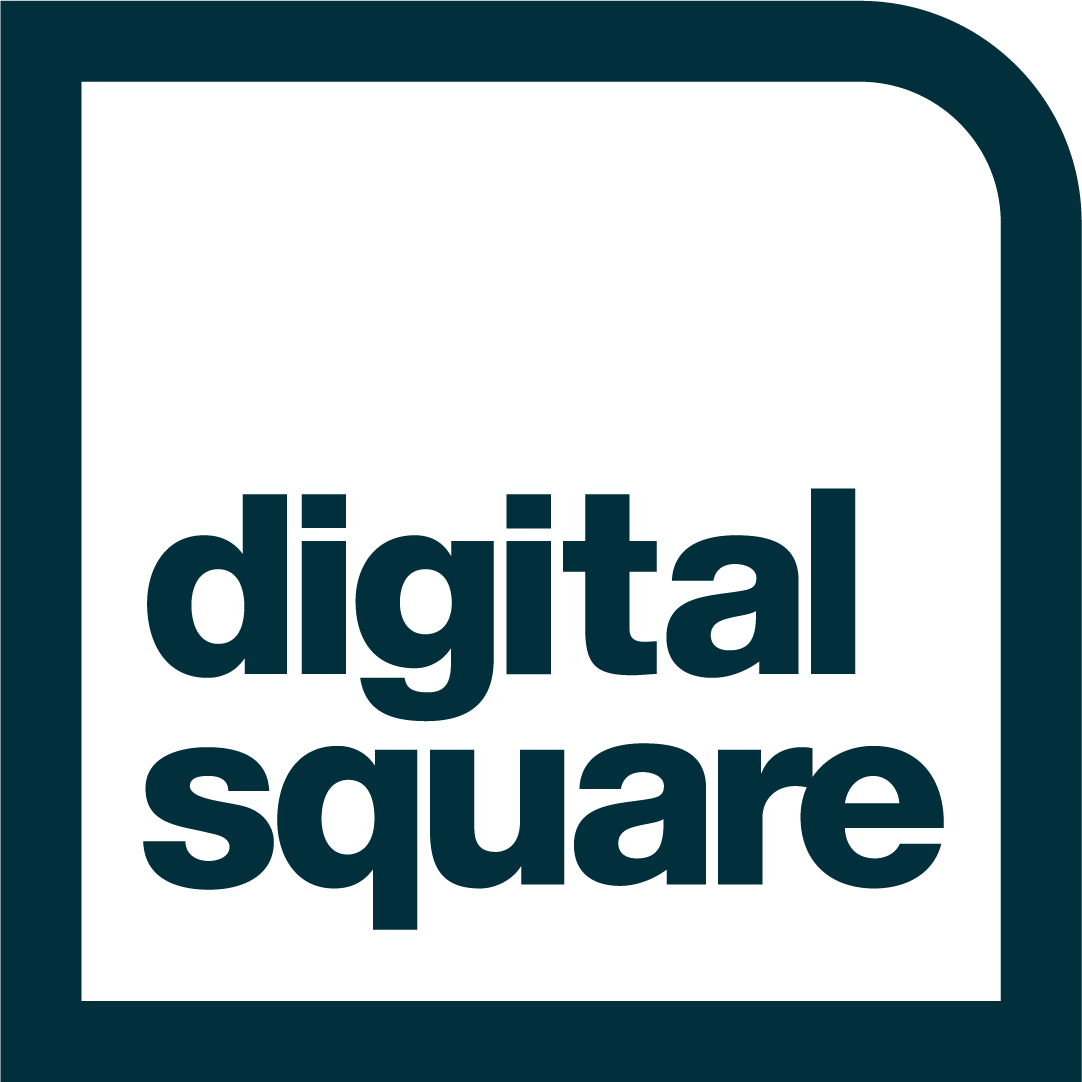Global goods addressing outbreaks: SORMAS and COVID-19
By Gérard Krause, Helmholtz Centre for Infection Research (HZI) and Bianca Poll, Digital Square
Digital health global goods are designed to strengthen health systems—in part by providing governments and decision-makers with the information they need, when they need it, to ensure better health outcomes for all. The global goods supported by Digital Square are solutions that can be used across different health program verticals—for example, a global good used in the field of gastroenteric diseases can also be used in the field of respiratory diseases. They are not limited to just clinical information systems. Rather, there are global goods tailored to the needs of different business domains within the health system, such as health information systems, supply chains, program monitoring and evaluation, health insurance, and disease surveillance. The current outbreak of a novel coronavirus, COVID-19, has highlighted the value of global goods in disease detection and surveillance.
SORMAS—the Surveillance Outbreak Response Management and Analysis System—was developed by the Helmholtz Centre for Infection Research (HZI) jointly with multiple international partners during the 2014 West Africa Ebola outbreak as an early warning and management system. SORMAS, a Digital Square-approved global good, is an open source mobile and web application that enables health workers to notify health departments about new cases of epidemic-prone diseases, detect outbreaks, and manage outbreak responses. A multi-functional tool, SORMAS can be used for case surveillance, laboratory data management, contract tracing, and disease detection—all of which support the prevention and management of outbreaks. Since its development, SORMAS has been used in response to multiple simultaneous outbreaks of monkeypox, Lassa fever, and meningococcal disease.
A new module for SORMAS
With the emergence of COVID-19, HZI rapidly developed a module for detection and control of this virus. Both the Ghana Health Service and Nigerian Center for Disease Control immediately activated this new module in more than 400 districts already using SORMAS as well as ports of entries, such as airports and harbors, covering a population of more than 85 million. The Nigerian Public Health Service is actually using SORMAS for the epidemiological follow up and containment. In Nepal, national public health authorities are preparing to deploy SORMAS in response to the current coronavirus outbreak. The uptake in country adoption demonstrates the importance of having flexible, responsive options to health crises.
The SORMAS-CoV module contains all disease specific diagnostic standards, case definitions, and containment procedures defined by the World Health Organization. In the new module, all procedures are embedded and compatible with those already in the SORMAS software. This includes different user roles within public health services such as local informants, epidemiologists, laboratory technicians, and point of entry officers. The module allows the targeted collection of relevant epidemiological data about the case person, hospitalization, symptoms, epidemiological data, and contacts of the case person. Furthermore, the task management feature, a strength of SORMAS, facilitates coordinated action of the surveillance personnel in the outbreak response.
SORMAS In Action
The SORMAS tool provides information that health workers need to identify and slow the spread of disease. Armed with details about a patient’s symptoms, lab results, and hospitalization, surveillance personnel can contain the spread of an epidemic from reaching the wider population.
Identifying and tracking new cases
SORMAS supports the rapid identification and reporting of suspected cases. If a patient arrives at a hospital with a fever and cough—possible signs of COVID-19—health workers or surveillance personnel are prompted by SORMAS with questions about symptoms specific to COVID-19 (such as fever, coughing, or shortness of breath). The health worker can then create a new case in the system and note the hospital admission and quarantine procedures that have been used.
Laboratory results
Through SORMAS, laboratory personnel are alerted when a sample is sent for disease verification, and are reminded to inform the hospital about the lab test results after they are performed.
Contact tracing
SORMAS helps with follow-up and identifying possible transmission of the virus. Surveillance personnel will also register individuals in the system that have had contact with an infected patient. The system will schedule and document findings of the daily health monitoring of those contact-persons, which therefore aids in the disruption of the transmission cycle.
SORMAS plays an incredibly important role in addressing infectious diseases—enabling better information sharing within a country and producing vital insights into how and where a disease is spreading. Learn more about SORMAS here: www.sormas.org




